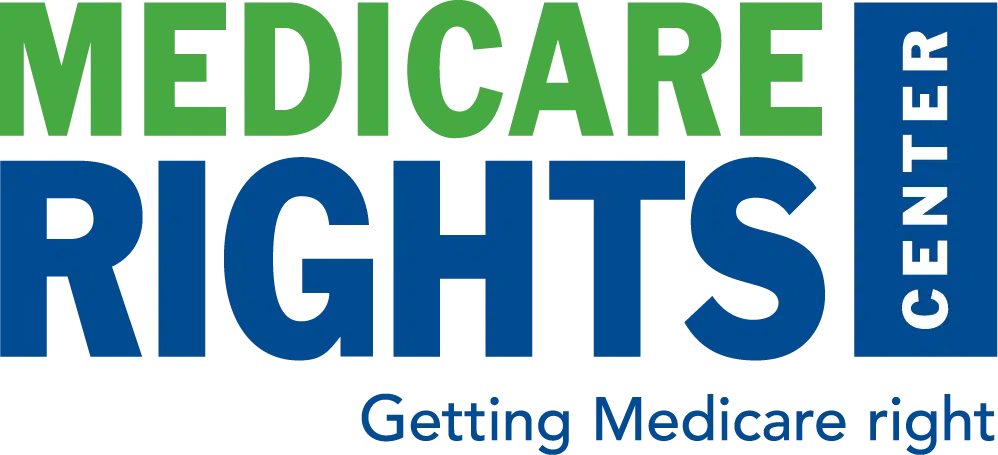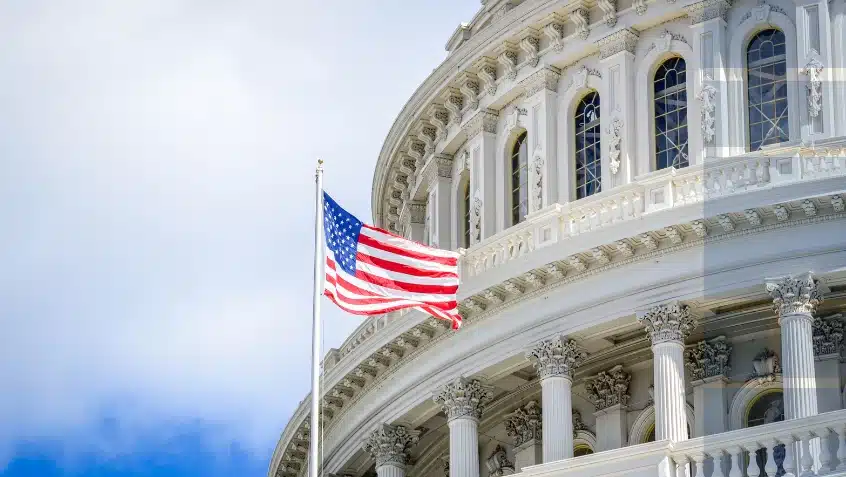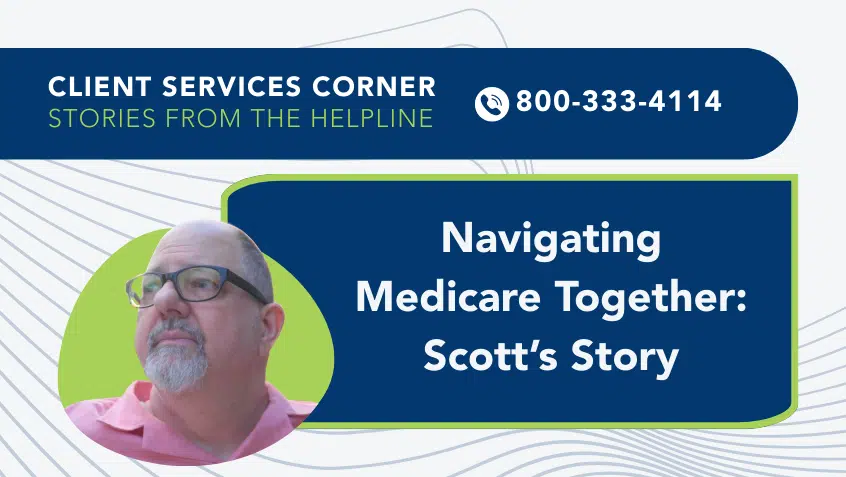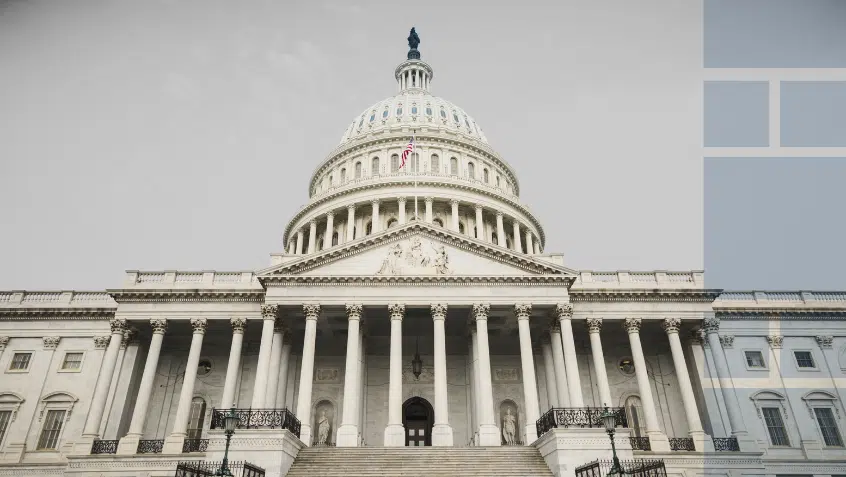Join Us Live for a Discussion on Medicare, Democracy, and the Future of Health Care
“Skinny” Budget Shows President’s Worrying Health Policy Priorities
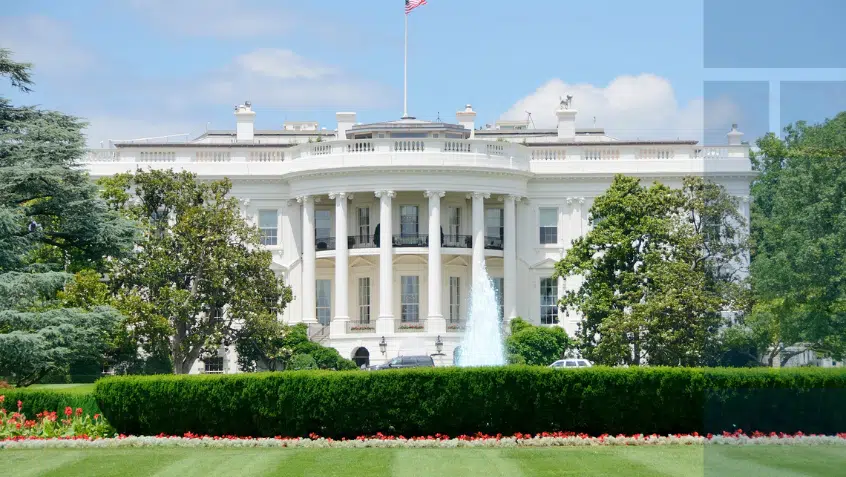
Late last week, the Trump administration released a budget outline for fiscal year 2026, which starts on October 1. While this document does not include many details—a fuller explanation of the budget numbers is expected later in May or early June—the included information shows a willingness to cut funding and eliminate whole programs that serve many older adults and people with disabilities.
Proposed Cuts to Programs that Bolster Healthy Aging
Overall, the proposed budget would cut projected spending by $163 billion, over 20%, by slashing many programs that support public health and individuals with few resources. For example, the Low-Income Home Energy Assistance Program (LIHEAP) helps 6 million families with young children, older adults, and people with disabilities pay their heating and cooling bills. The budget proposes to eliminate LIHEAP.
Other proposals include massive cuts to the Substance Abuse and Mental Health Services Administration (SAMHSA), the Centers for Disease Control and Prevention (CDC), the Ryan White HIV/AIDS Program, and the medical research agency the National Institutes of Health (NIH). Still other programs that help fund hazardous waste cleanup, clean air and water, job training for older adults, rental assistance for low-income individuals, support for the homeless, and renewable energy initiatives would also be on the chopping block.
Presidential Budgets are Messaging Tools
Presidential budgets are used to kick off discussion around funding the federal government for the year, but they are not binding. Instead, they serve as messaging tools and guideposts to the administration’s goals.
In most years, Congress takes little or no action on a budget’s specific provisions. It appears some of this year’s budget proposals will not be welcomed by either party, and working out a federal funding plan generally requires bipartisan Congressional action. But some of the destructive changes have already been made, such as the dismantling of important agencies like the Administration for Community Living (ACL), which has put access to federal services for older adults and people with disabilities at risk.
At Medicare Rights, we urge the administration to abandon attempts to severely cut or eliminate these programs and instead work to bolster public health and well-being.
Further Reading
Read the skinny budget document.
Read more about the skinny budget.
Read more about the administration’s previous cuts to vital agencies.
Show Comments
We welcome thoughtful, respectful discussion on our website. To maintain a safe and constructive environment, comments that include profanity or violent, threatening language will be hidden. We may ban commentors who repeatedly cross these guidelines.
Help Us Protect & Strengthen Medicare
Donate today and make a lasting impact
More than 67 million people rely on Medicare—but many still face barriers to the care they need. With your support, we provide free, unbiased help to people navigating Medicare and work across the country with federal and state advocates to protect Medicare’s future and address the needs of those it serves.
The Latest
Most Read
Add Medicare to Your Inbox
Sign up to receive Medicare news, policy developments, and other useful updates from the Medicare Rights.
View this profile on InstagramMedicare Rights Center (@medicarerights) • Instagram photos and videos
